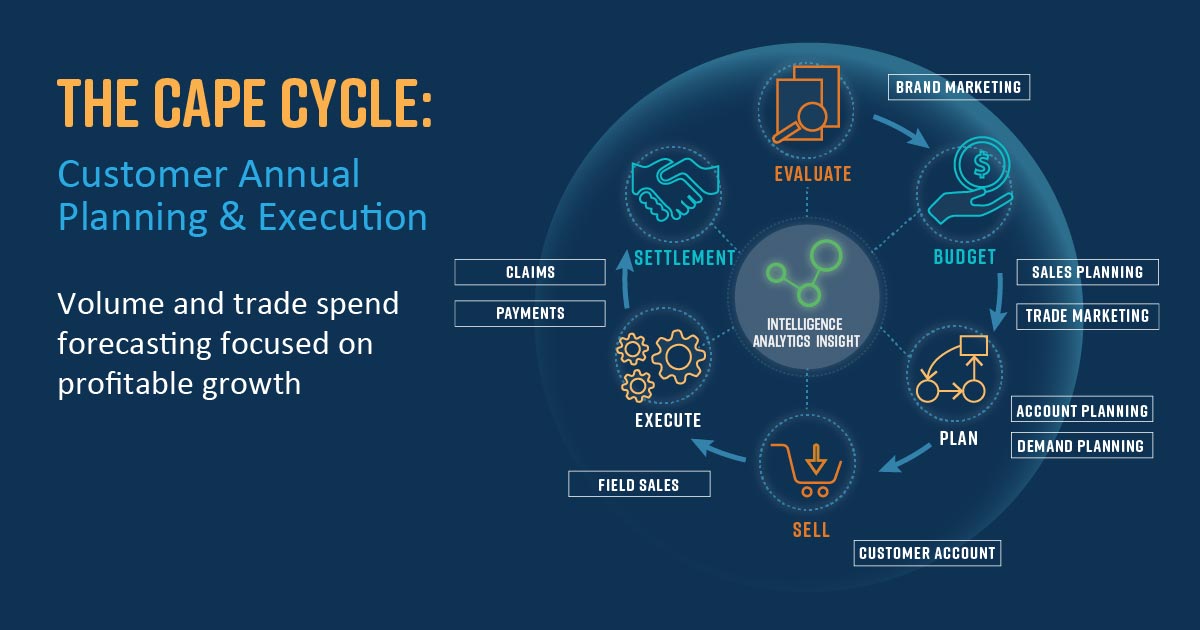Have you ever wondered why so many trade programs fail to provide a return even when there’s a steady increase in promotion spending? Its time to reframe this situation. Let’s look at the customer experience first, and then work backwards to identify exactly what’s working (and what’s not). Its time for manufacturers to take control of profitable brands and develop continuous growth in today’s market. In order for promotions to be effective, companies need to begin by building annual sales-volume forecasts for each of their customers. This will help ensure visibility into profit and margin performance over the planning period, and also generate quality data that will enable the company to sharpen its forecasts for subsequent planning periods.
Properly executed trade promotion planning enables companies to establish a consistent approach to measuring and analyzing performance.
Achieving success in this complex undertaking requires consumer products (CP) manufacturers to commit to a standard process and behavior definition of what trade promotion management truly involves and affects. In fact, what the industry typically calls trade promotion management/optimization (TPM/O) would be more accurately defined as the Customer Annual Planning and Execution (CAPE) cycle. 
CP manufacturers need software solutions that enable them to design, document, and standardize CAPE processes in a way that contributes to the growth of their partners’ businesses.
An effective solution will provide the accuracy, consistency, visibility, and insights necessary to ensure that critical data is current, and aligned with specific processes and planning decisions required of each team member involved in the CAPE process. In addition, by embedding the solution into the overall flow of the enterprise, data which is required by one or more teams becomes available to all, from a single source. This eBook examines the Customer Annual Planning and Execution cycle. By looking at the customer experience first and working backwards, identifying more accurately what has worked and what has not, manufacturers can create more profitable brands and develop sustained category growth in the expanding world of digital commerce.
